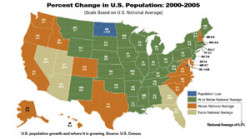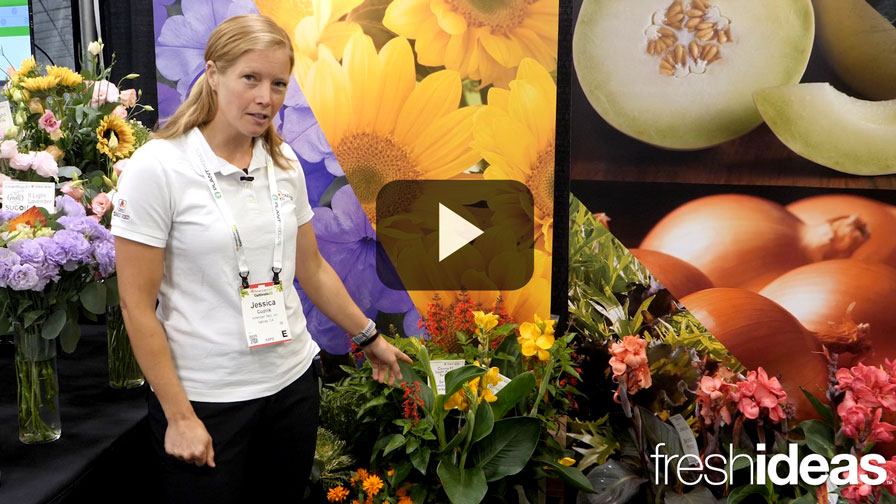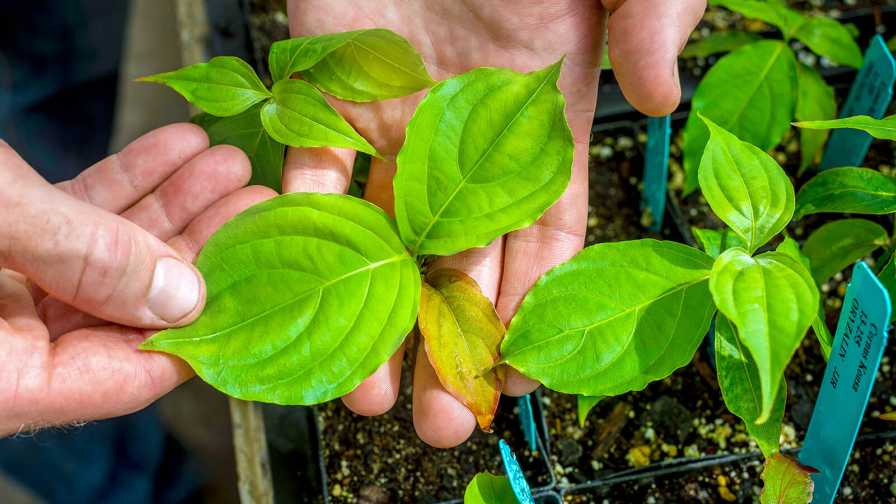Need Diversification?

How are you evaluating your target customers? Are you targeting big box customers or other markets? The recent growth in the big box stores has given horticulture a tremendous lift in the last ten years. The questions must be asked, “Where will the next ten years see healthy markets? Will big boxes lead the way? What other channels will be embraced by consumers?”
Here is how a report card called the U.S. stock market has graded our industry’s biggest customers: The Home Depot, Wal-Mart and Lowe’s. In all three cases, the market gives them pretty low grades over their one and three year indexes. Whether this trend continues or not begs the question, how much should we focus on three customers and how much should we focus on diversification?
Well-designed diversification reduces risk, increases margins and strengthens business. Even Wal-Mart is diversifying to attract more customers to its stores and widening its product line to get its customers to shop in more departments per visit. Apple Computer diversified into music. Disney diversified into sports.
Apple and Disney diversified successfully because they remembered why their customers liked them. Apple for its powerful artistic tools. Disney for family entertainment. Growers looking to diversify must remember to do the same. Diversify into new markets with a connection to the past that customers can believe in.
So if we are to diversify, where should we look? Here are mega trends our industry can bite into:
Population Growth
The United States will be roughly 300 million by 2010. And based on the population growth in Nevada, Arizona, Colorado and Utah, it is highly suggested that we develop crops with the following attributes: dry weather tolerance, dry shade tolerance and high heat tolerance. Based on growth in Georgia and Florida, we should be growing for heat and humidity.
A 6.7 percent population growth in California and 9.6 percent growth in Texas are substantial given larger base population sizes. These are strong markets to diversify into.
Notably, bilingual marketing should be considered in the diversification question. Latino population demographics are fueling much of this country’s growth. Will an up-and-coming Latino friendly retailer sneak up and surprise us? Consider the recent growth in Latino TV and radio.
What about Generation Y, roughly 80 million strong now? Not since the Baby Boomers have we seen a generation with the purchasing power of Generation Y. I love how Takao Nursery in California captures marketing to Gen Y by tapping into their largest discretionary spending category: Saturday night out. Takao suggests merging home-owners and beer gardens. Singles and gardening joined with beer and lo, you’ve got volume in October. Now that’s clever diversification.
Growth Segments For Diversification
Organics are growing at 20 percent per year, although they’re still smaller than McDonald’s as an industry. Now is the time to earn market share and let the growing market reward your prowess. Nokia and Qualcomm were market leaders in cellular technology before it went mainstream. Secretaries at Qualcomm retired as millionaires after working just seven or eight years.
Landscape. Low interest rates created a housing boom. Behind housing came landscaping. Behind landscaping came lawn and garden maintenance. What’s behind lawn and garden maintenance? We are now seeing a large demographic of people with money but no time and a new kind of green industry service: flower bed rotation. Once thought of purely for corporate centers, now homeowners are getting into the act.
Existing box stores themselves. Retail square footage in the big three is expanding yearly. Diversifying within an existing customer base is done the same way Wal-Mart is doing it today. You get the same customers to buy a broader range of products from you. There are those who are doing it with unique genetics and exclusivities. There are those who are doing it with production efficiency and growing economies of scale pulling prices down. There are those who have done it with clever marketing bundles. Right now, someone is pioneering a new paradigm for big boxes. Someone is diversifying inside the box.
New retail horticulture participants. Ikea, Neiman Marcus, Nordstrom, Crate & Barrel — these retailers are lifestyle oriented. Will they embrace plants into design and lifestyle? Maybe they need our help.
If you would like to obtain product recommendations to fit any of your diversification plans, we invite you to ask us. McGregor Plant Sales is a logistics engine sourcing thousands of varieties from around the world. Our team of experts can help with logistics, distribution, product selection and cultural information.
The Economic Research Service of the USDA publishes an annual yearbook for the floriculture market in the United States. For a PDF file of this report including market size and growth rates, visit http://www.ers.usda.gov/publications/flo/2006/06Jun/FLO2006.pdf.









